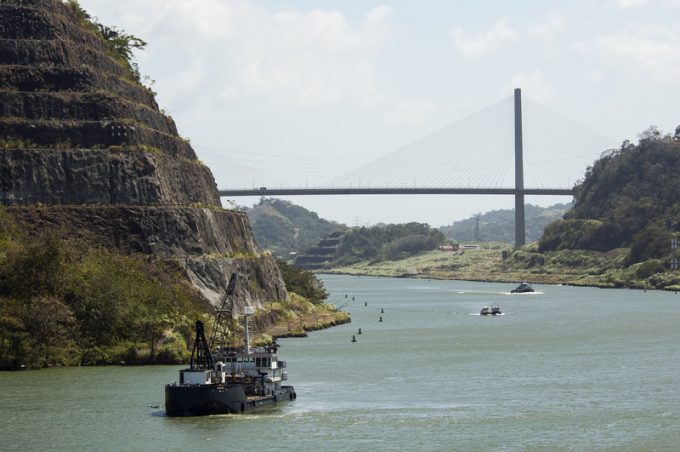Pre-tariff rush of goods from US to China sees air rates soar, but not for long
Beijing’s decision to impose higher tariffs on US goods has led to a rush of ...

Transpacific spot rates from Asia are set to spike as a consequence of industrial action at US west coast ports and Panama Canal draught restrictions.
And the prospect of a lengthy period of labour unrest at the ports will accelerate the coastal shift of cargo to the US east and Gulf coast gateways.
However, the largest ships deployed on the Asia to US east coast Panama loops are facing new draught restrictions at the neopanamax locks. This will see vessels obliged to ...
Asia-USEC shippers to lose 42% capacity in a surge of blanked sailings
USTR fees will lead to 'complete destabilisation' of container shipping alliances
New USTR port fees threaten shipping and global supply chains, says Cosco
Outlook for container shipping 'more uncertain now than at the onset of Covid'
Transpac container service closures mount
DHL Express suspends non-de minimis B2C parcels to US consumers
Zim ordered to pay Samsung $3.7m for 'wrongful' D&D charges
Flexport lawsuit an 'undifferentiated mass of gibberish', claims Freightmate

Comment on this article